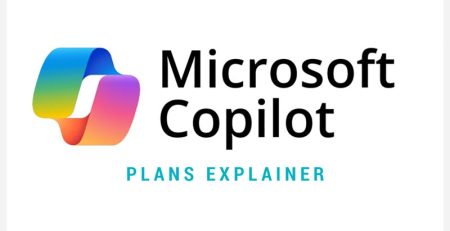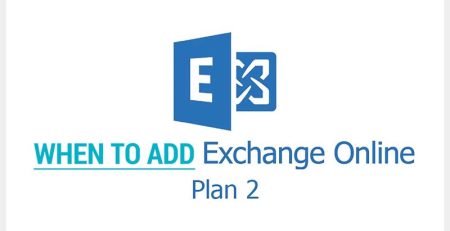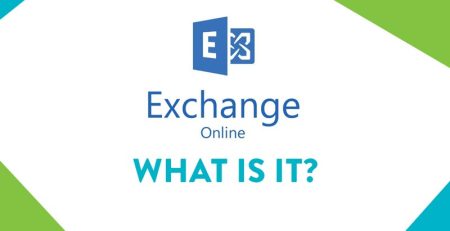How Long Does Microsoft Support Each Version of Windows?
Did you know Microsoft is ending support for Windows 10 in just nine months?
If your organization hasn’t started preparing for Windows 11, you could face unnecessary security risks or downtime.
As of Oct. 14, 2025, Microsoft will no longer offer security updates for Windows 10, meaning any computer that cannot upgrade to Windows 11 will need to be replaced.
No one wants to upgrade to something that quickly becomes outdated or obsolete.
Fortunately, Microsoft tends to follow a pattern when it comes to supporting each version of Windows.
Microsoft Support Timeline
When Microsoft releases a new version of Windows, you can generally expect support (vital security updates) for 10 years.
It’s important to note this is an expectation — not a guarantee. There are versions of Windows that were supported for longer than 10 years (Windows XP) and those that were supported for less than 10 years (Windows 8).
Starting with Windows 10, Microsoft adopted a Modern Lifecycle Policy that ensures predictable support timelines, giving businesses time to plan for upgrades. For example, Windows 10 has a retirement date of Oct. 14, 2025, or 10 years since it was released on July 29, 2015.
Since Microsoft released Windows 11 on Oct. 4, 2021, you can expect a retirement date of sometime in 2031. Microsoft has not yet announced a retirement date for Windows 11, nor has it announced a Windows 12 (or whatever the next version is called) release date.
Knowing these retirement dates ahead of time helps you plan your upgrade, which can be a long and arduous process depending on how many computers need to be upgraded or replaced.
“As of Oct. 14, 2025, Microsoft will no longer offer security updates for Windows 10, meaning any computer that cannot upgrade to Windows 11 will need to be replaced.”
Moving from Windows 10 to 11 involves:
- Identifying the computers that are not eligible
- Testing Windows 11 with a pilot group
- Purchasing new computers to replace the ones that can’t upgrade
- Officially moving every remaining computer to Windows 11
It’s not a task you want to leave for the last minute, especially when it involves your business-critical software.
Extended Support Update (ESU) Program
If you have line-of-business software that is not compatible with newer versions of Windows, Microsoft offers a last-resort option.
The ESU Program allows you to continue receiving security updates past a product’s retirement date for $61 per license. For example, you can purchase one year of ESU support for Windows 10, which will expire on Oct. 13, 2026, one year after its retirement date.
This program essentially buys you an extra year of support until you can determine if your software can run on Windows 11.
Up to three additional years can be purchased for Windows 10, meaning you could receive security updates until Oct. 10, 2028.
For two years of coverage, the price doubles to $122, and for three years of coverage, the price again doubles to $244. So, a three-year ESU subscription will cost: $61 (Year 1) + $122 (Year 2) + $244 (Year 3) for a total of $427 per computer.
Need to Upgrade to Windows 11?
If your organization has computers still running Windows 10, we can help you with the transition. Contact us here to schedule a meeting to discuss the process and how we’ll upgrade your stock of computers with minimal business interruption.
Stay updated! Get tips and insights delivered to your inbox weekly by subscribing to our newsletter.











